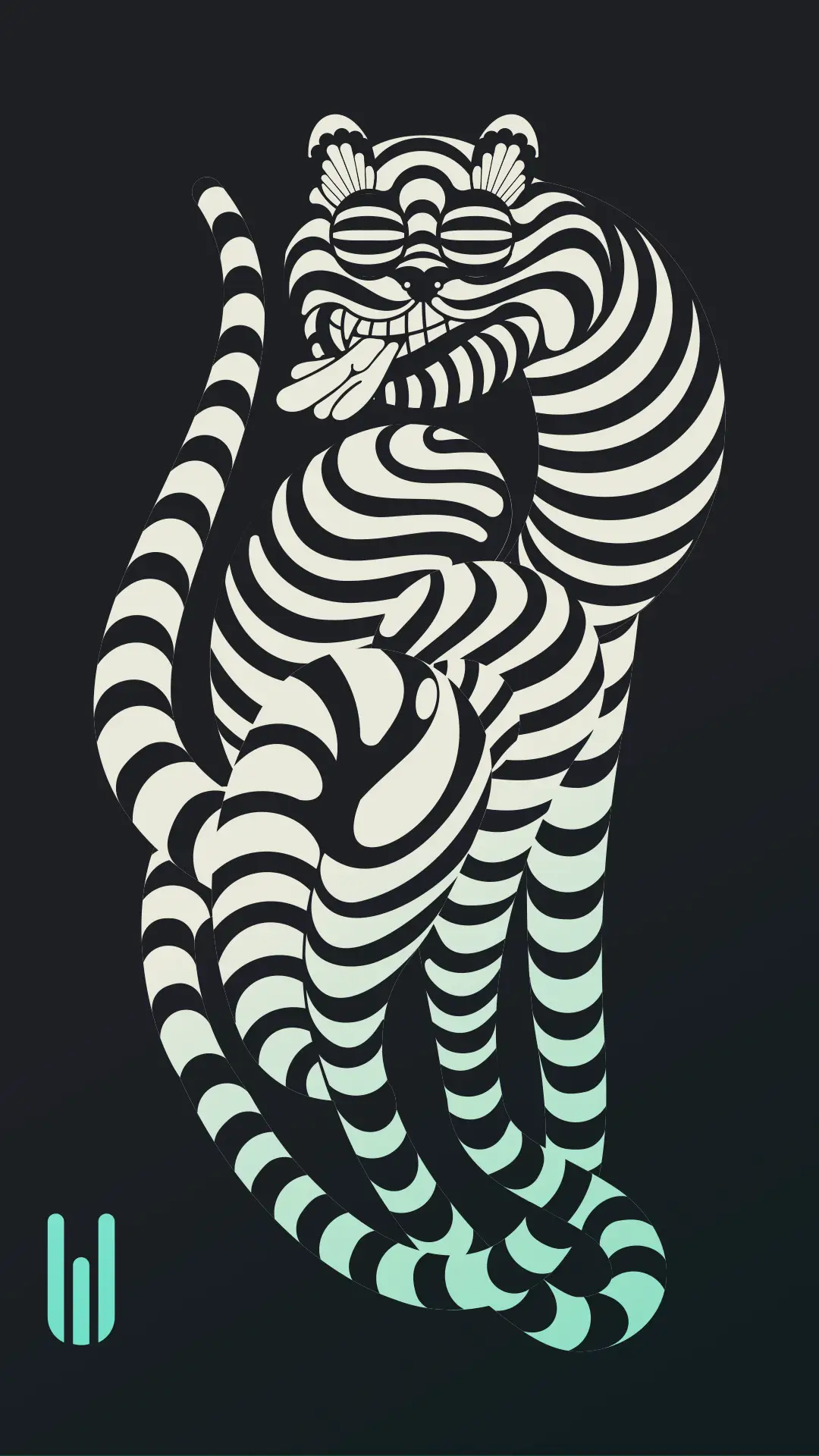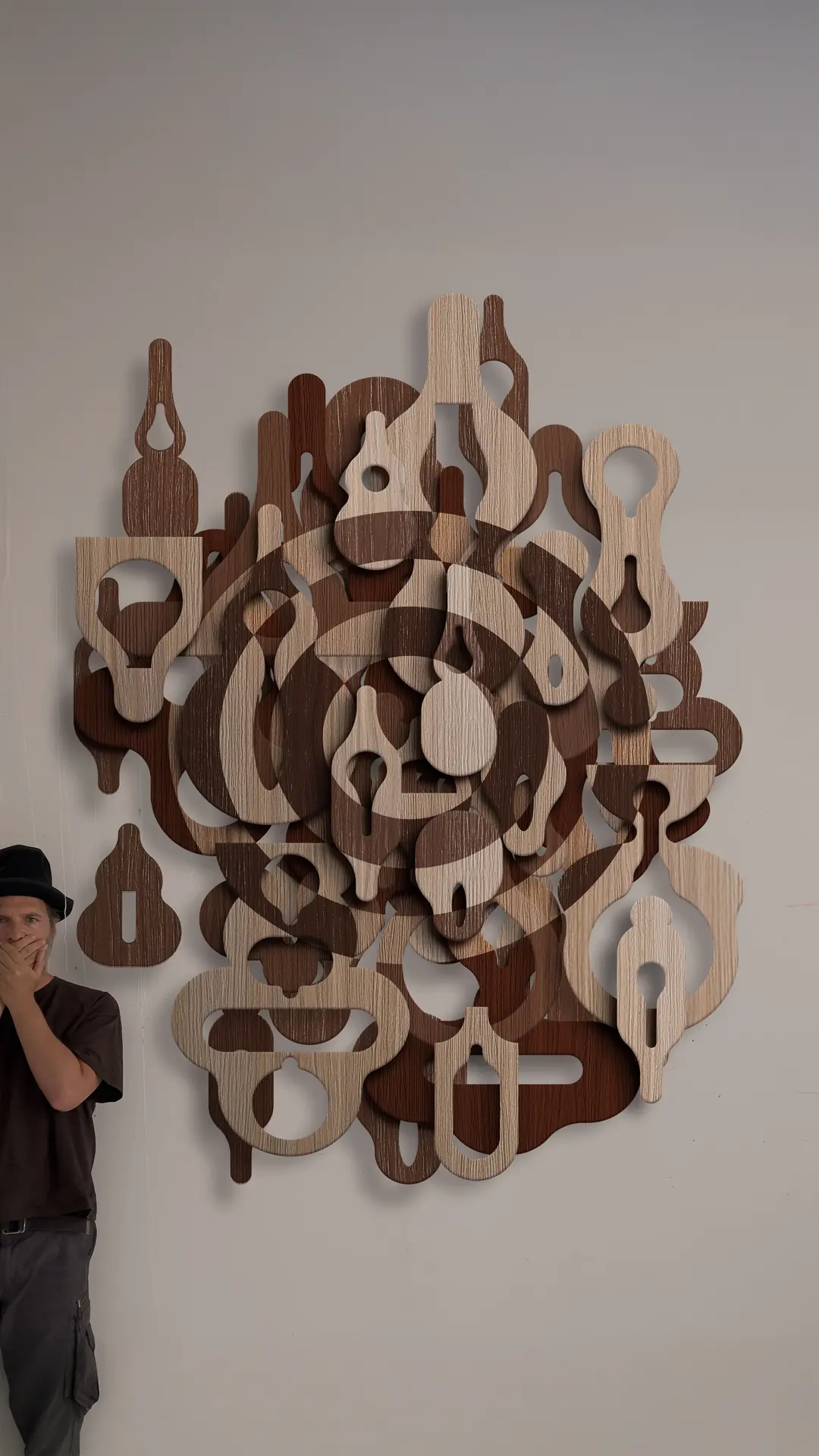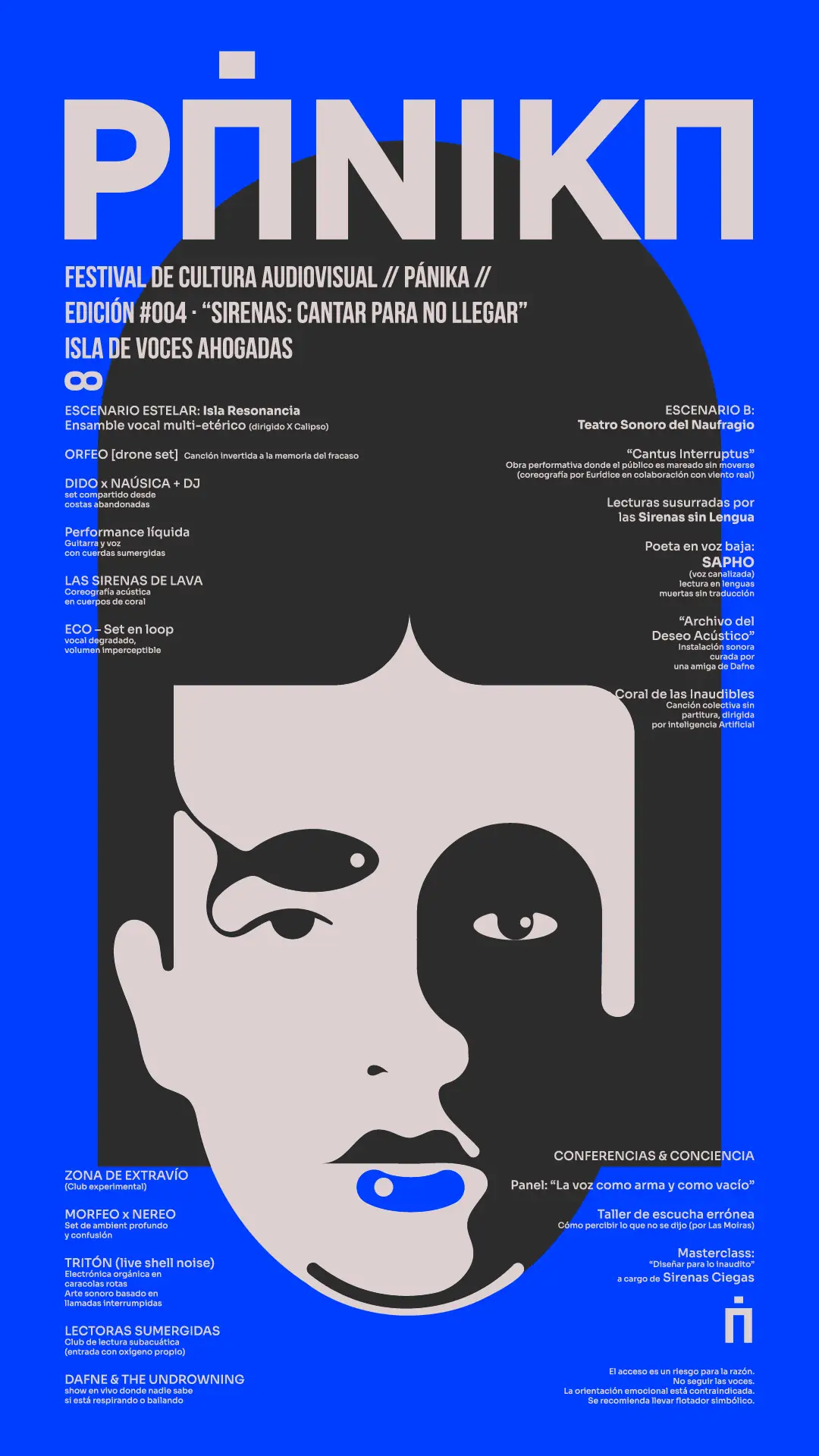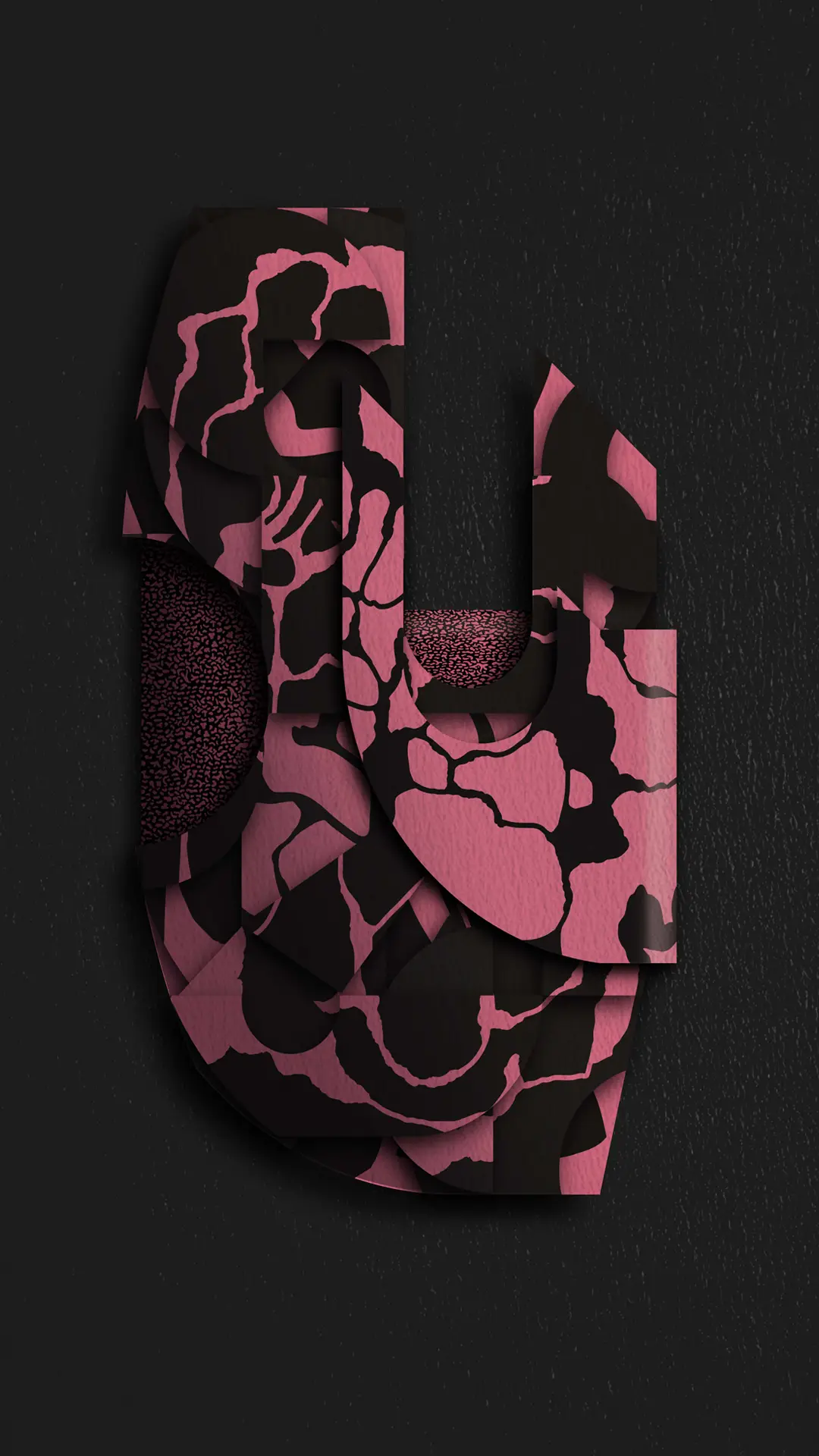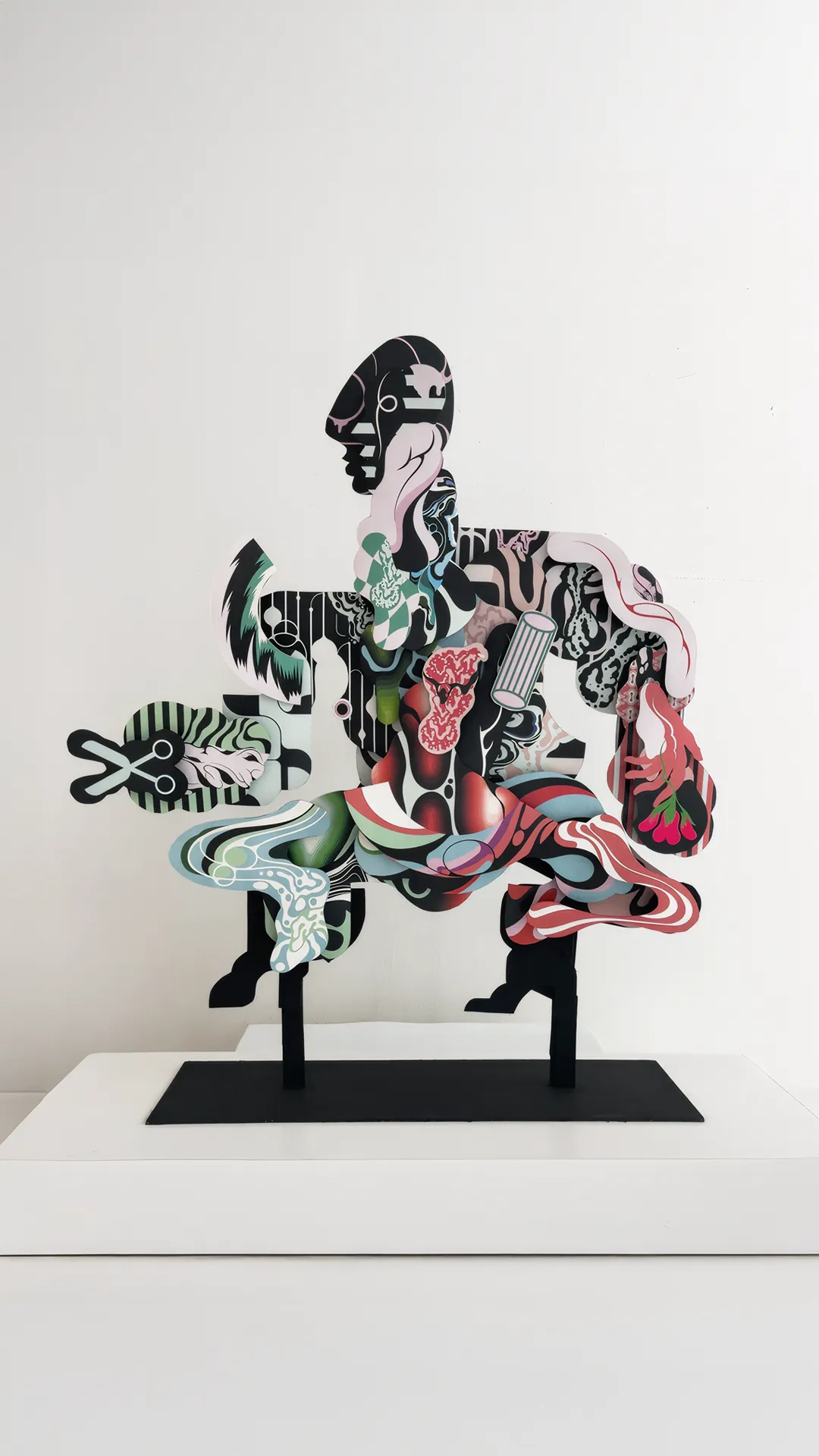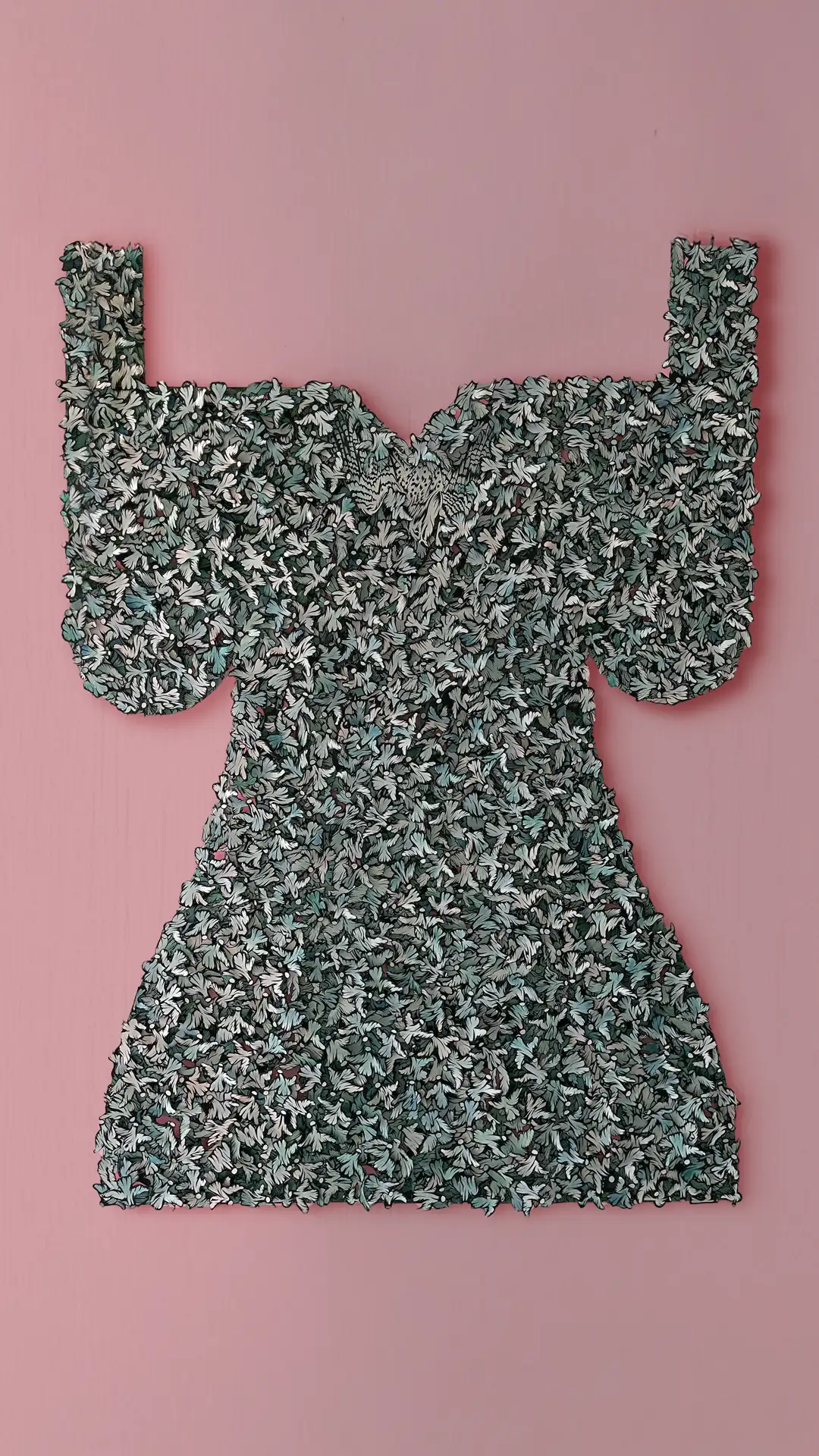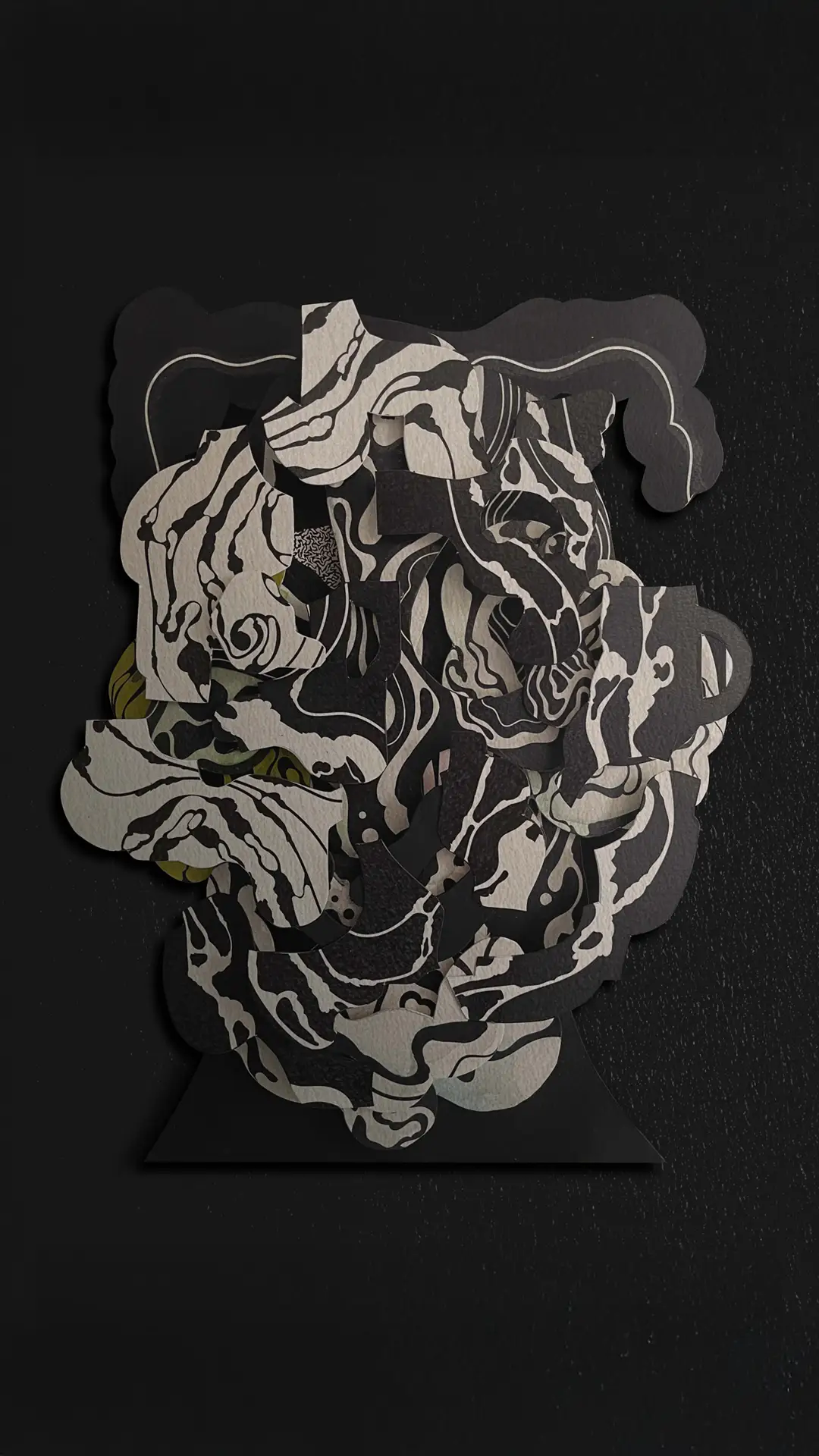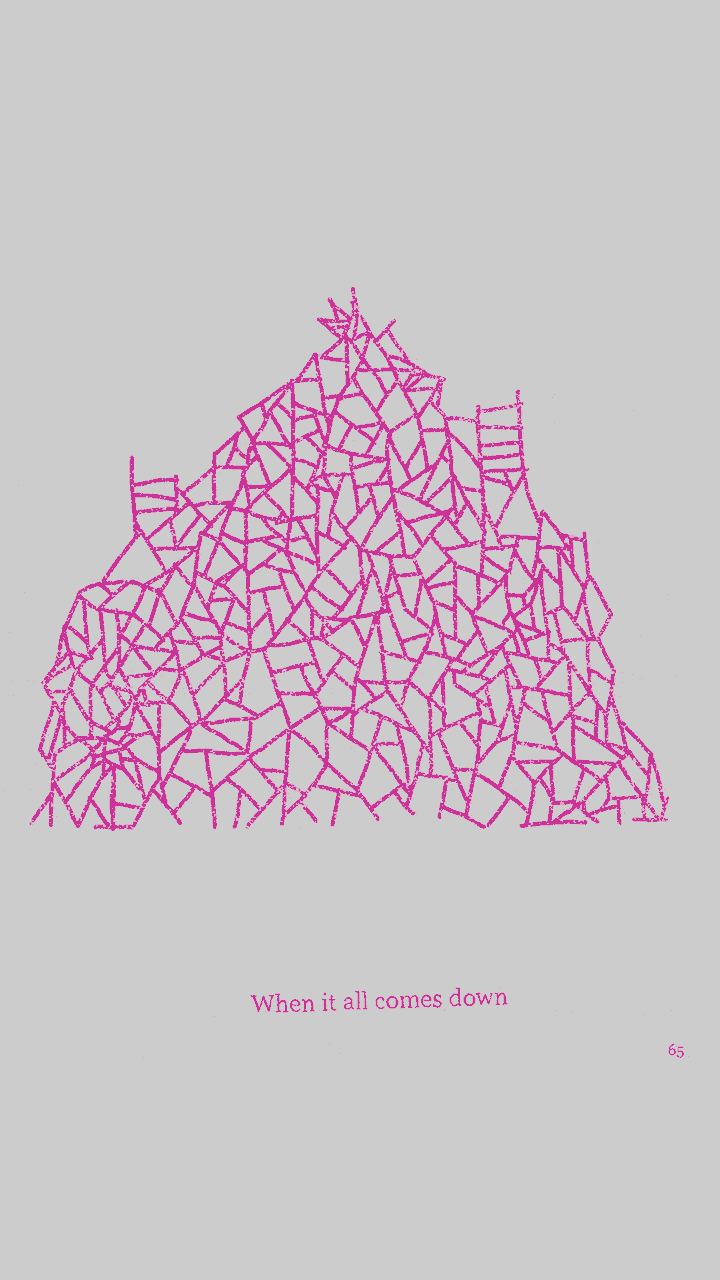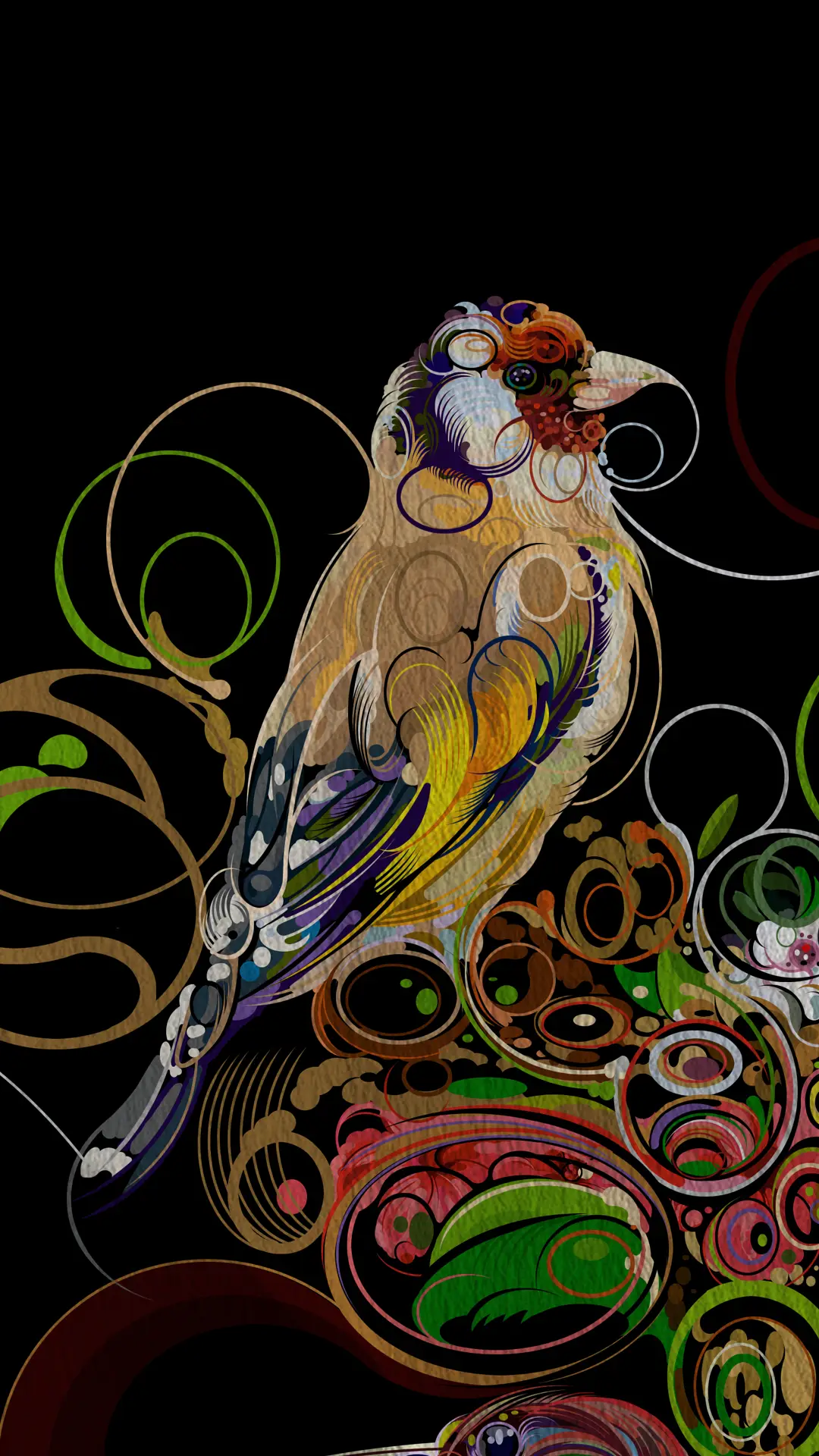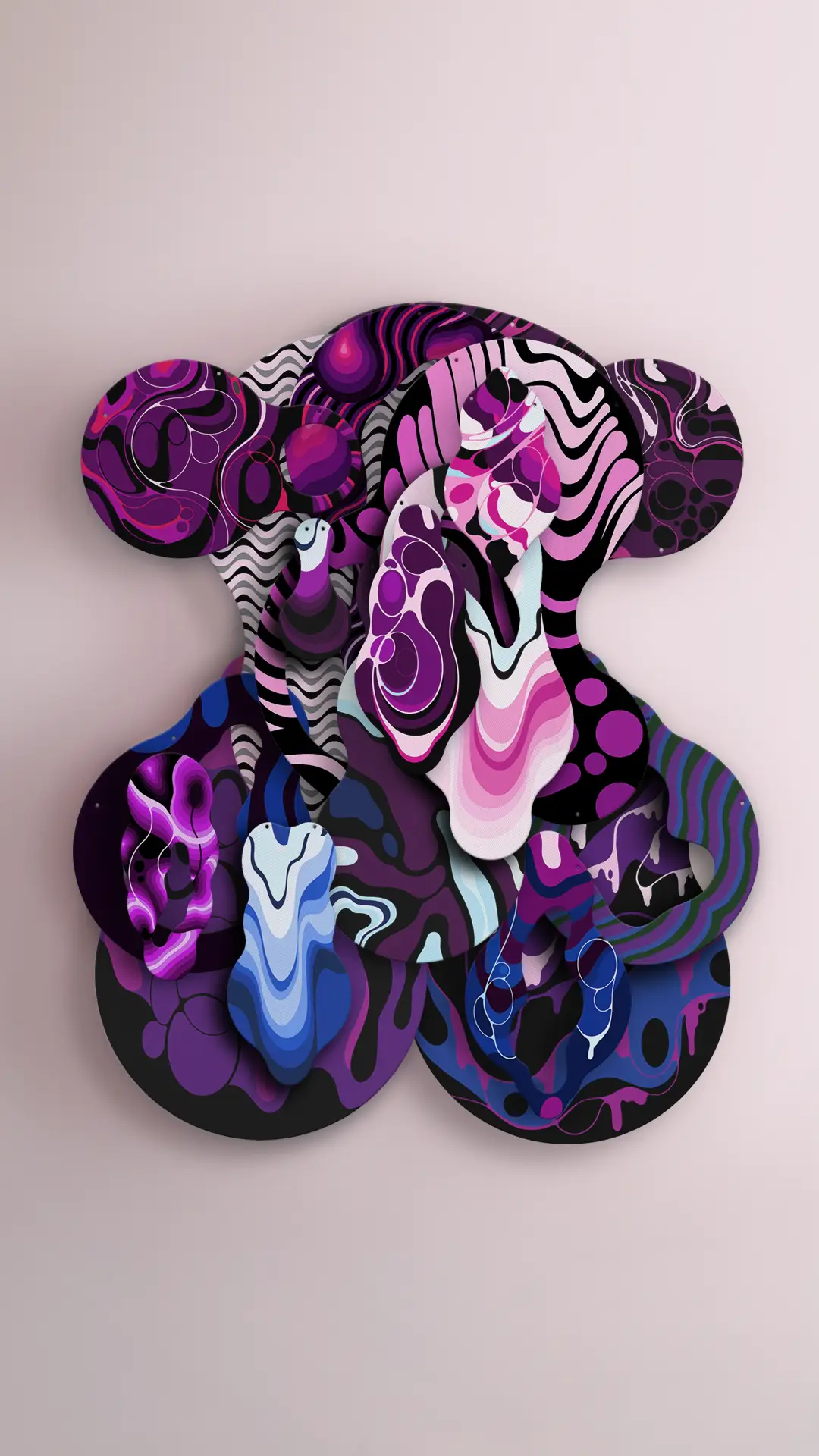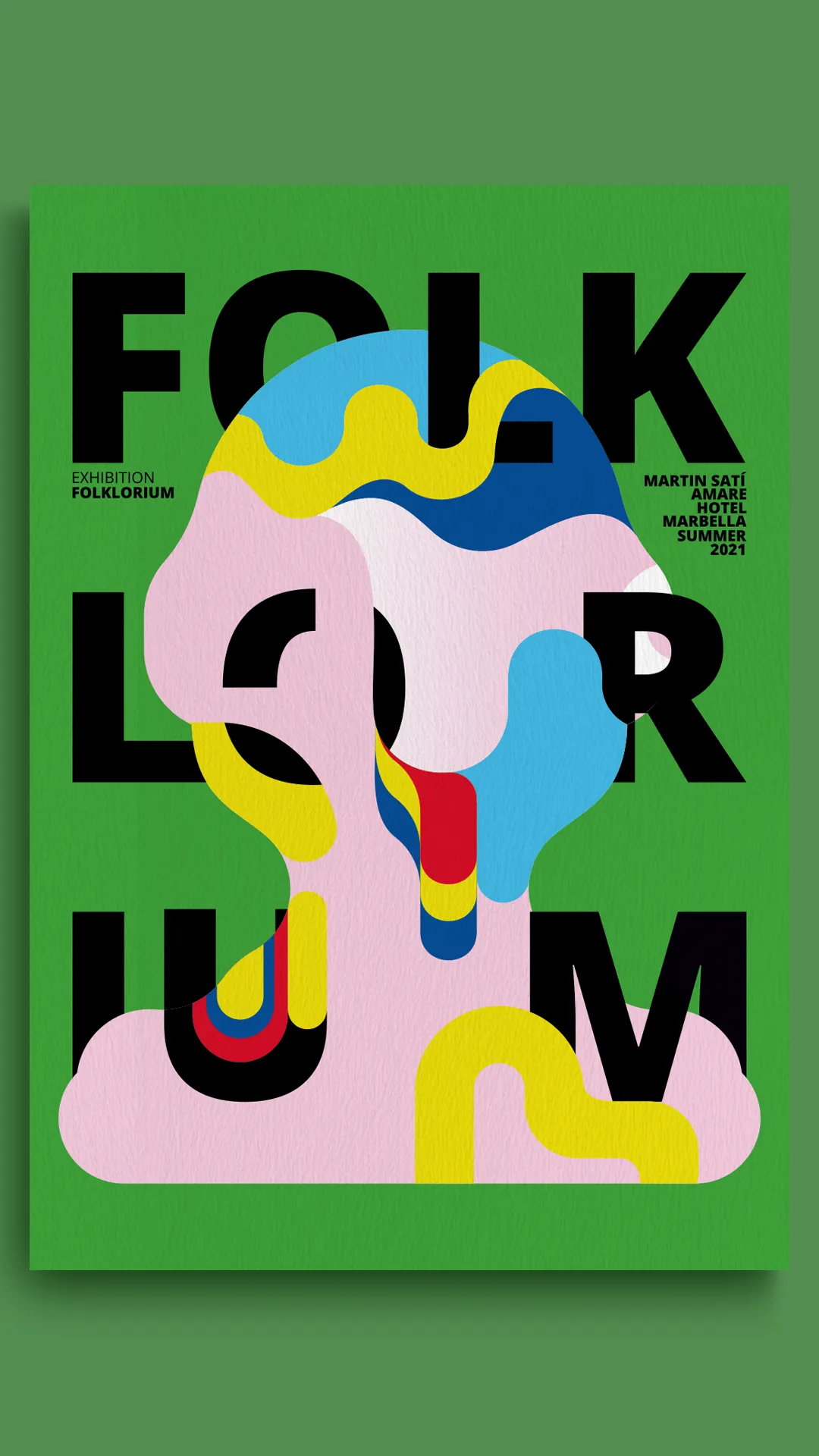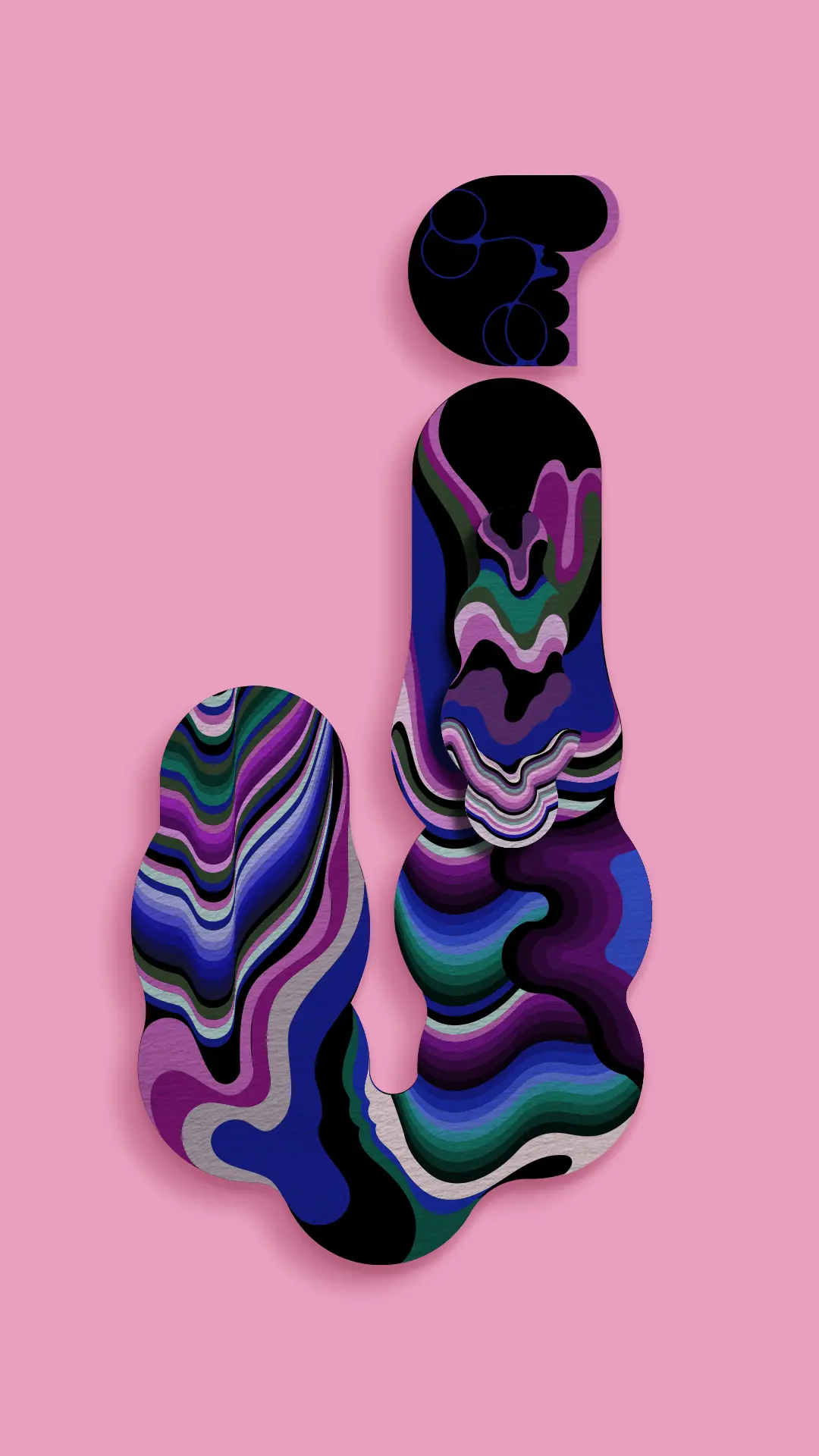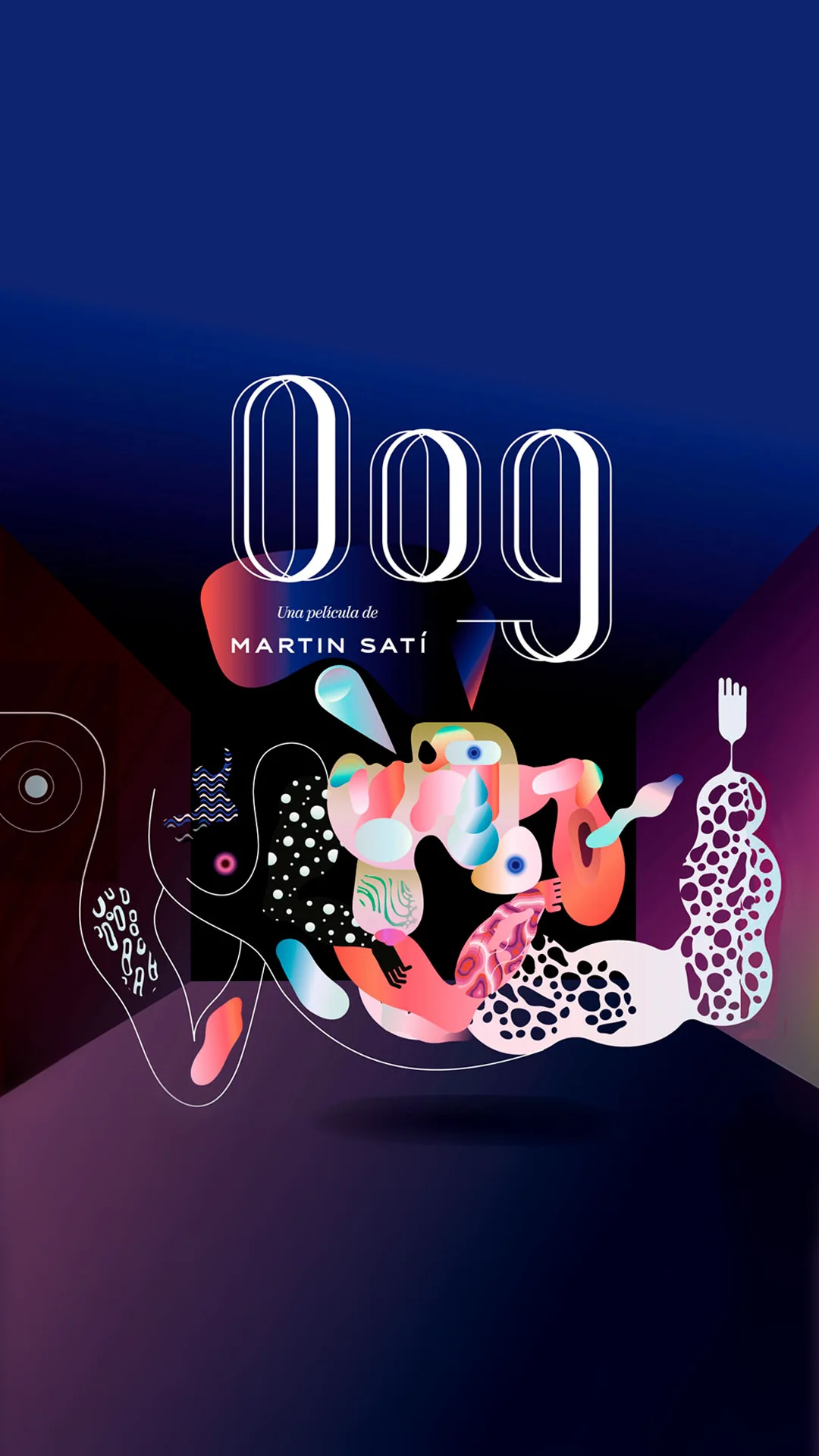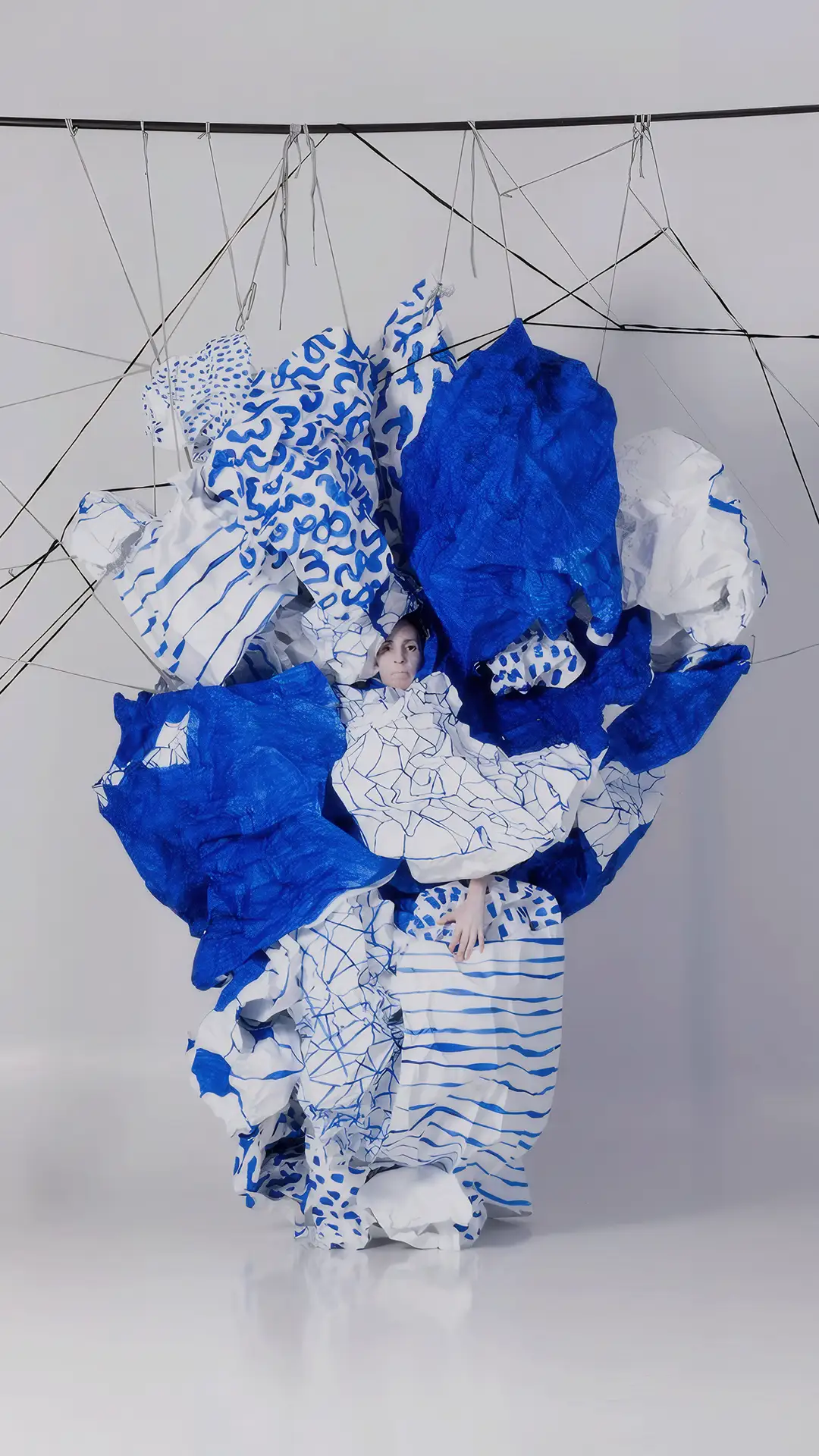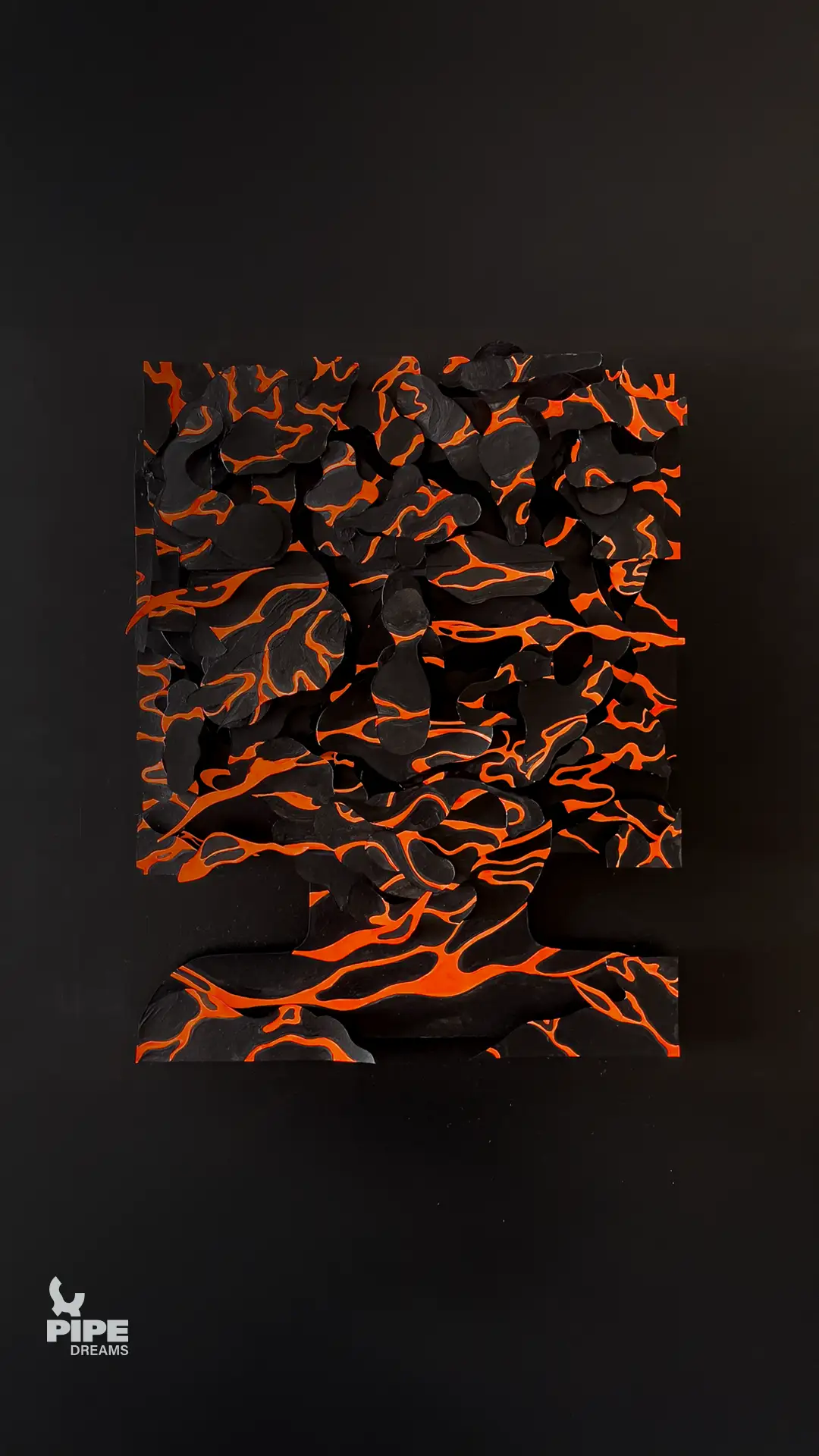
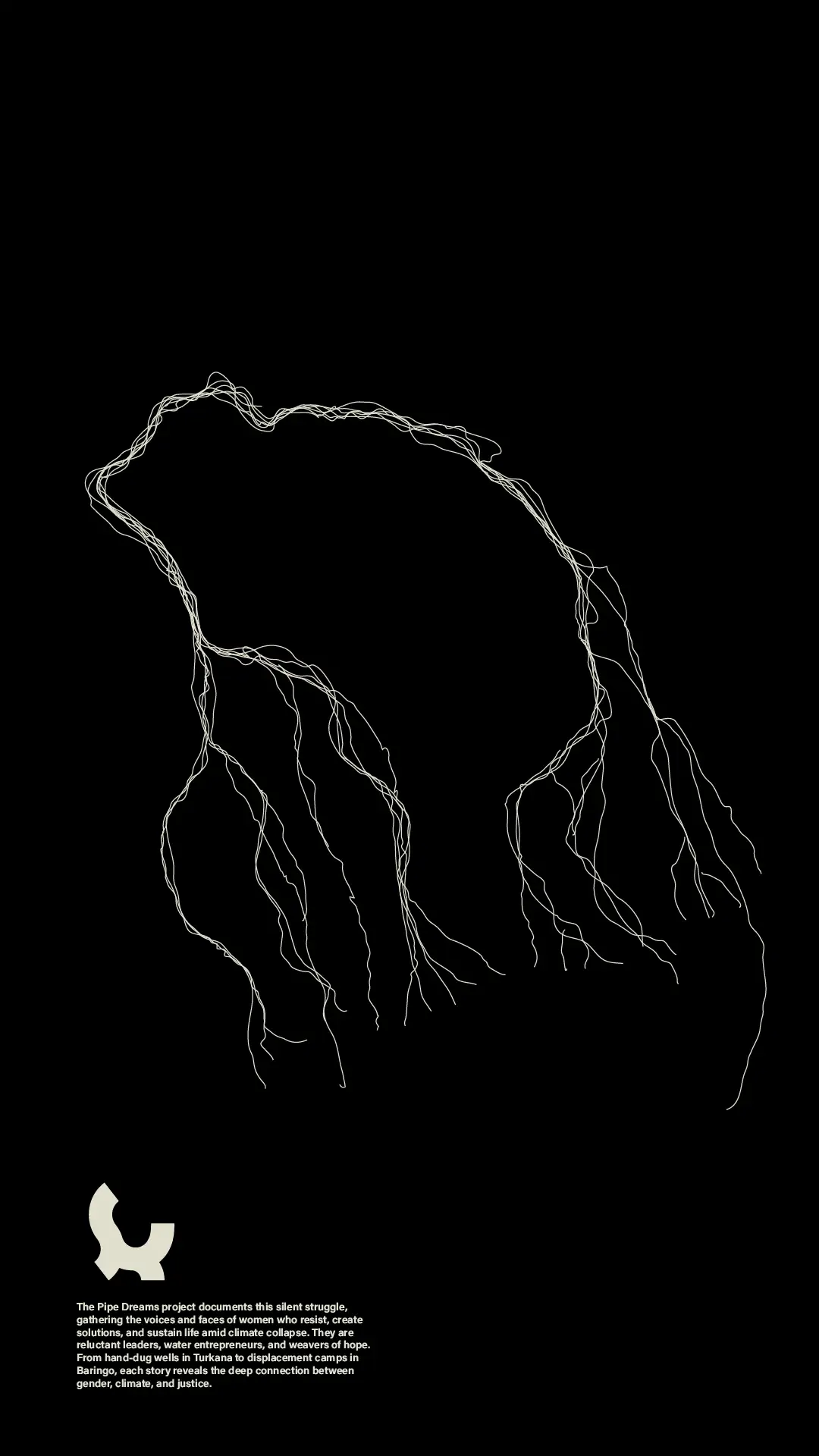
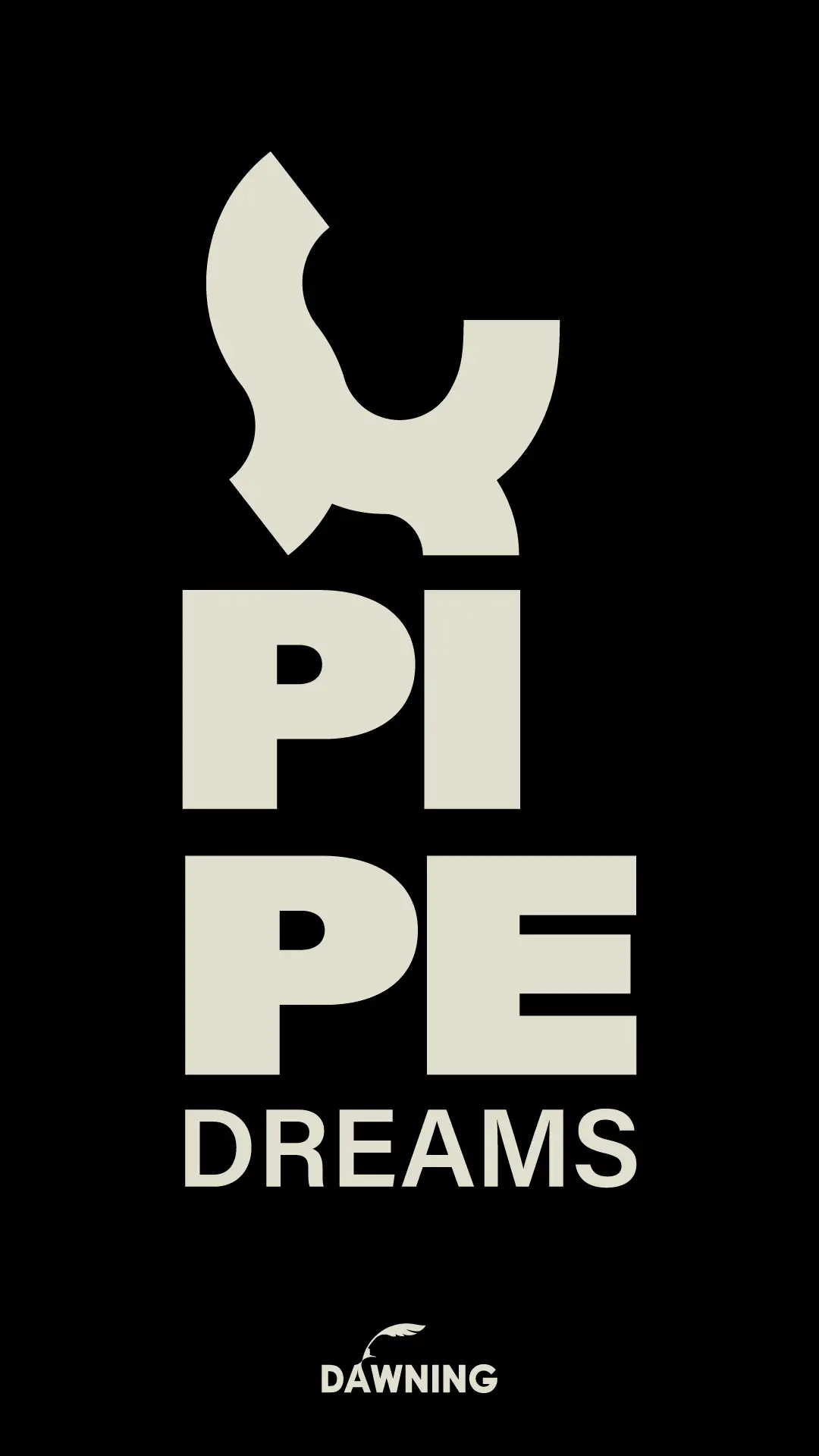
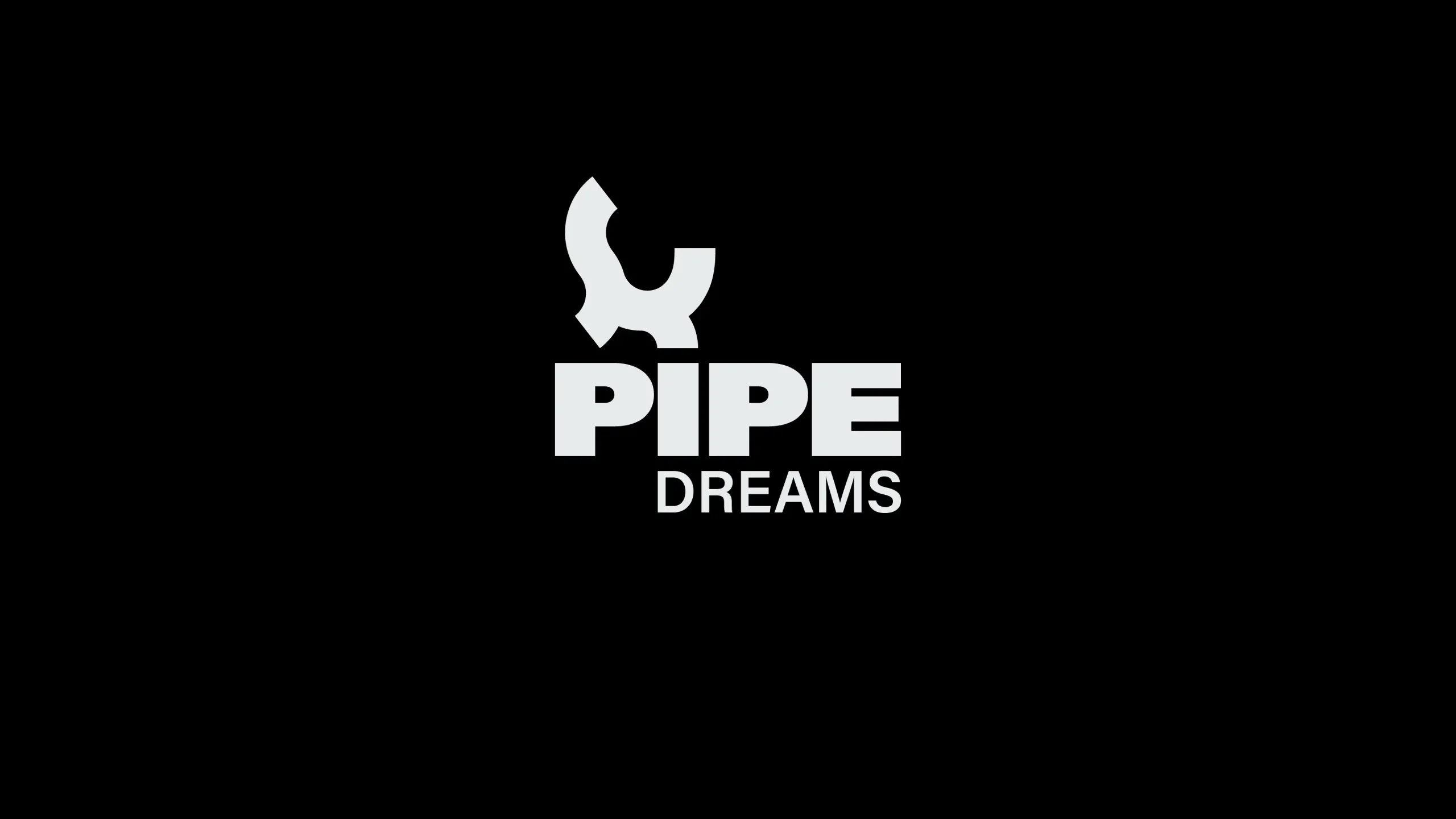
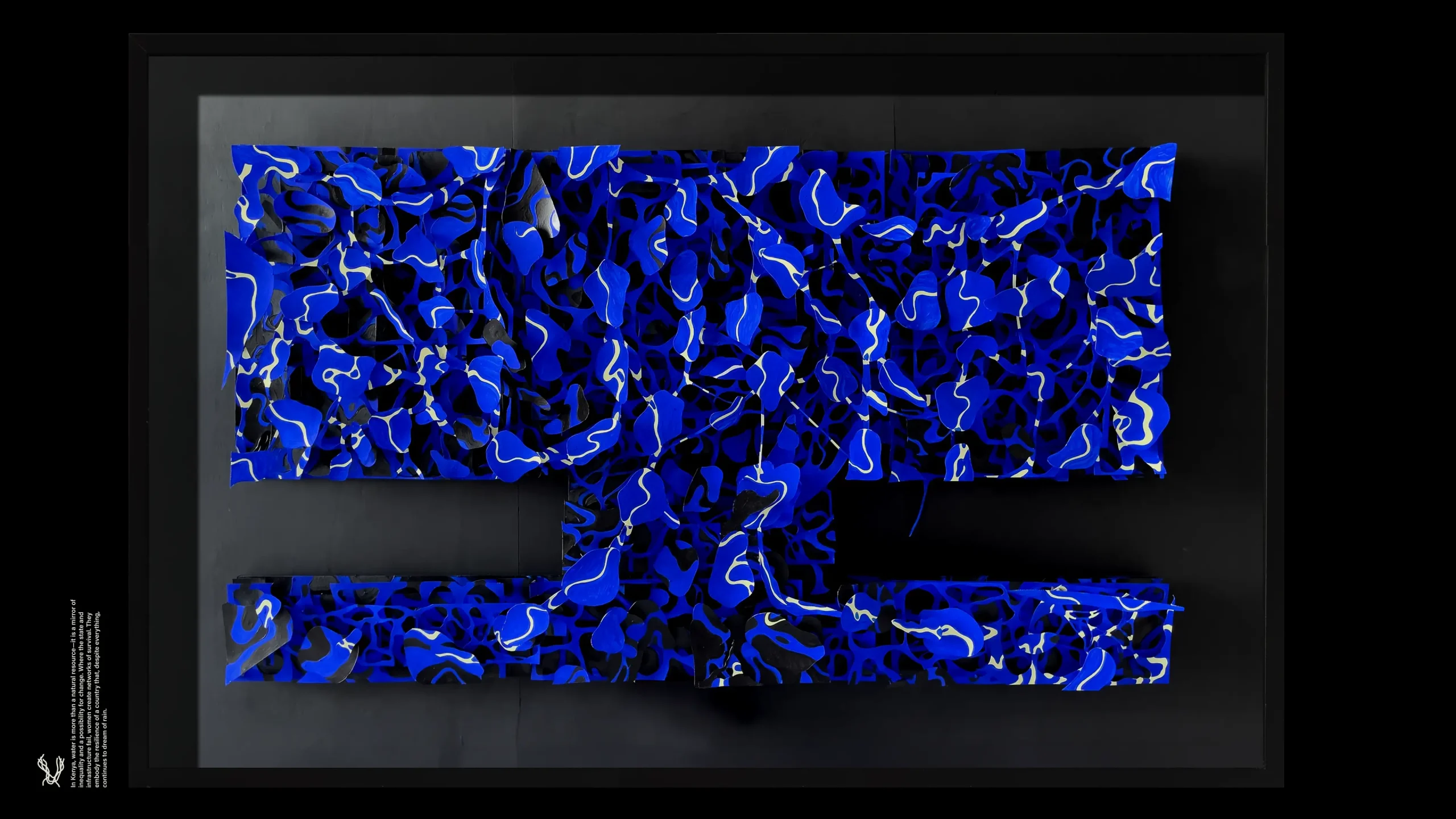
PIPE DREAMS
This work begins with a hard fact: in Kenya, water is not where life is. You have to go find it. And that task, every day, falls on women and children. They walk, haul jerrycans, negotiate with water authorities and with time itself. Water is a promise of life that must be sought daily to stay alive.
Starting point
DAWNING documents the water crisis and its impact on women’s lives across five regions of Kenya. The approach is on-the-ground: interviews, photography, drawing, data, and direct listening—without institutional filters. It isn’t a cold report; it’s a collective narrative that illuminates risks, inequalities, and everyday forms of resistance.
Visual approach
I work with a simple hypothesis: the woman’s body as an “amphora.” Not a decorative metaphor, but a survival device. The amphora designs itself through the daily search for and transport of water. These movements create “nerves” that traverse the land; leaks and cuts draw internal channels. The paintings and reliefs map that network: nerve-maps that thicken where effort is greatest and spill over where water is scarce.
Rhizomatic cartographies
The pieces are conceived as rhizomes, not hierarchical maps—no center, no edge, multiple entry points. I’m interested in connections: wells, dry riverbeds, roads, neighborhoods, and bodies, all linked by routes that shift with each season. This reading of territory is inspired by the notion of the rhizome, understood here as a way to draw flows and lines of flight.
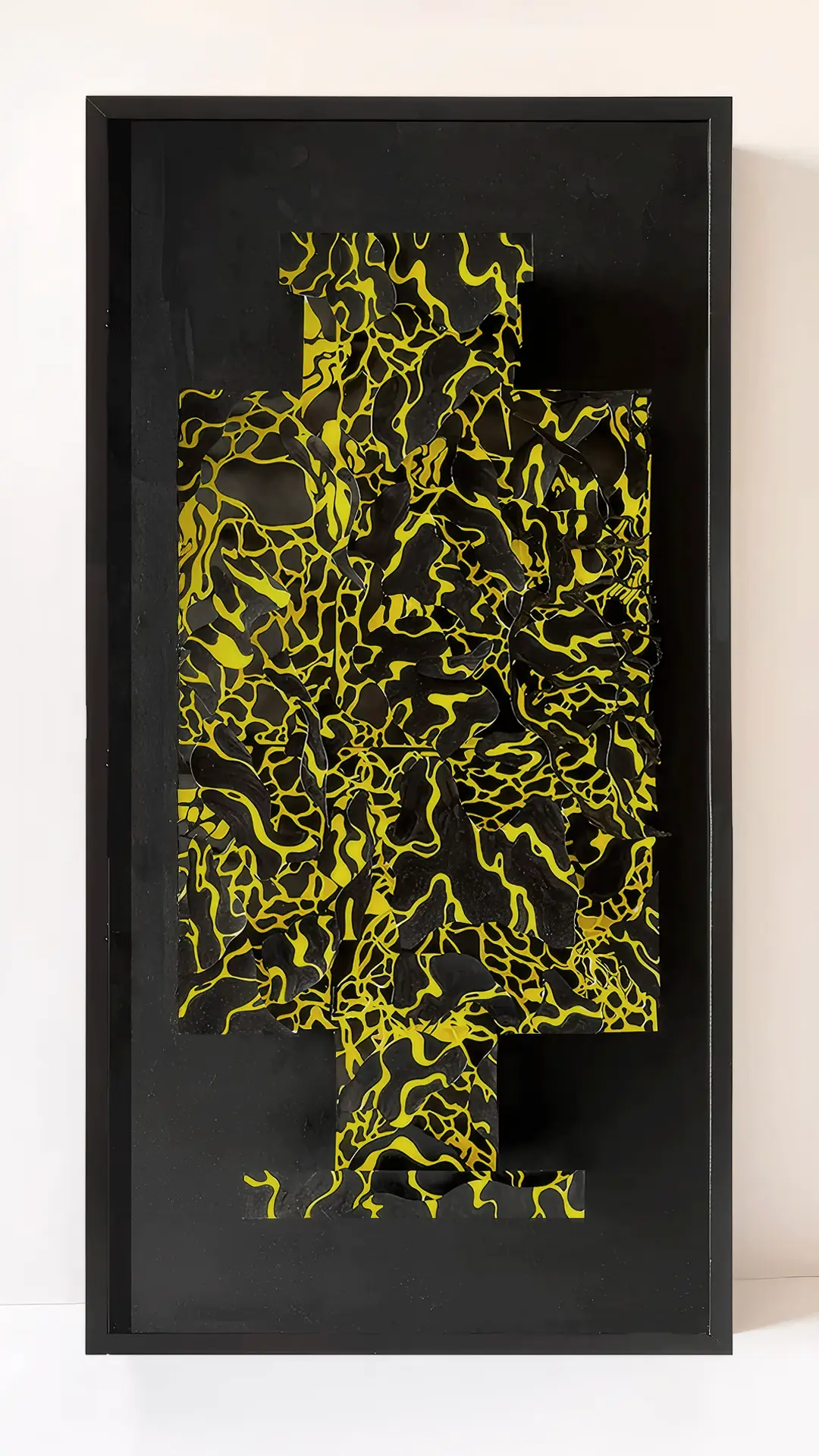
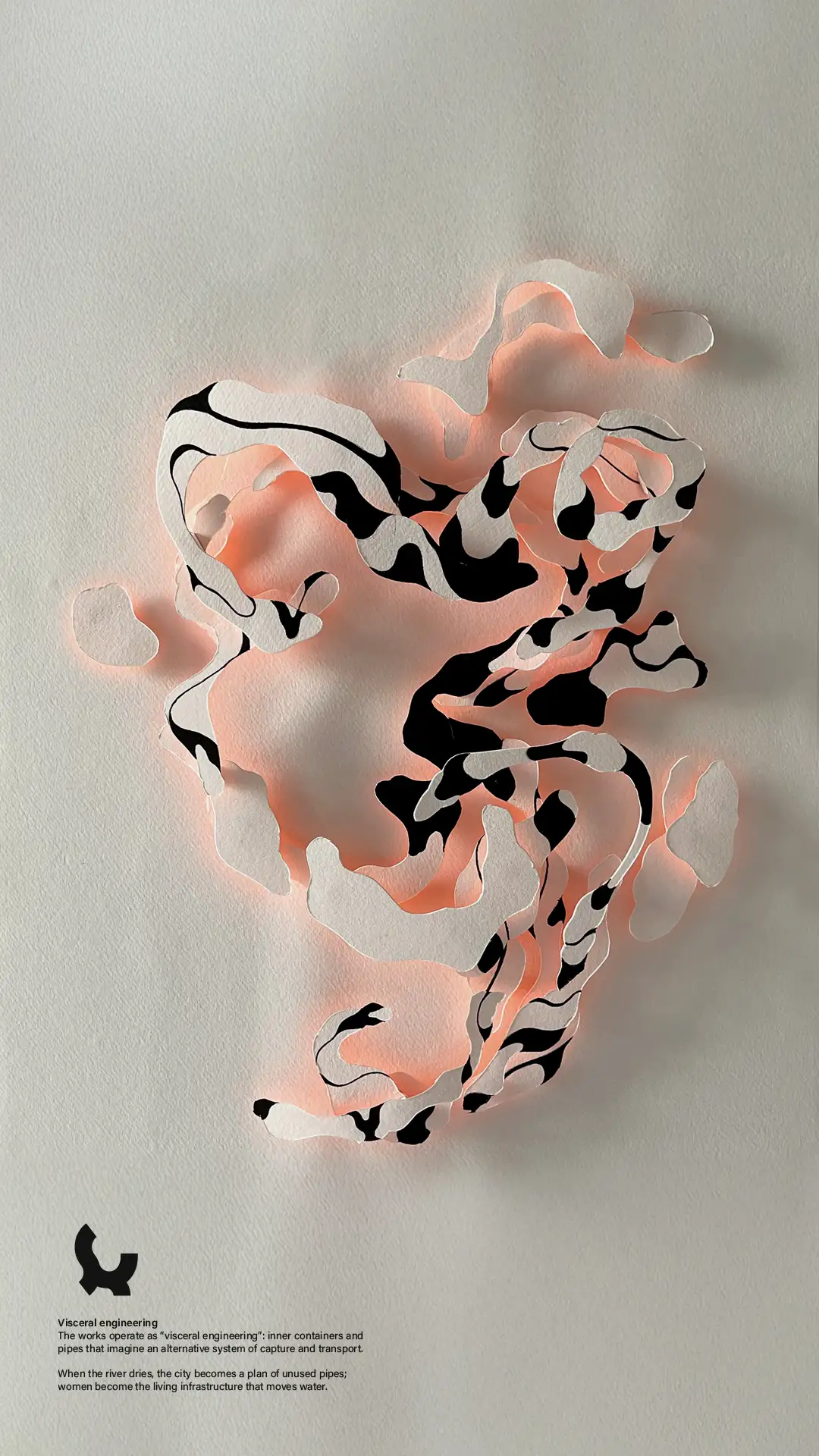
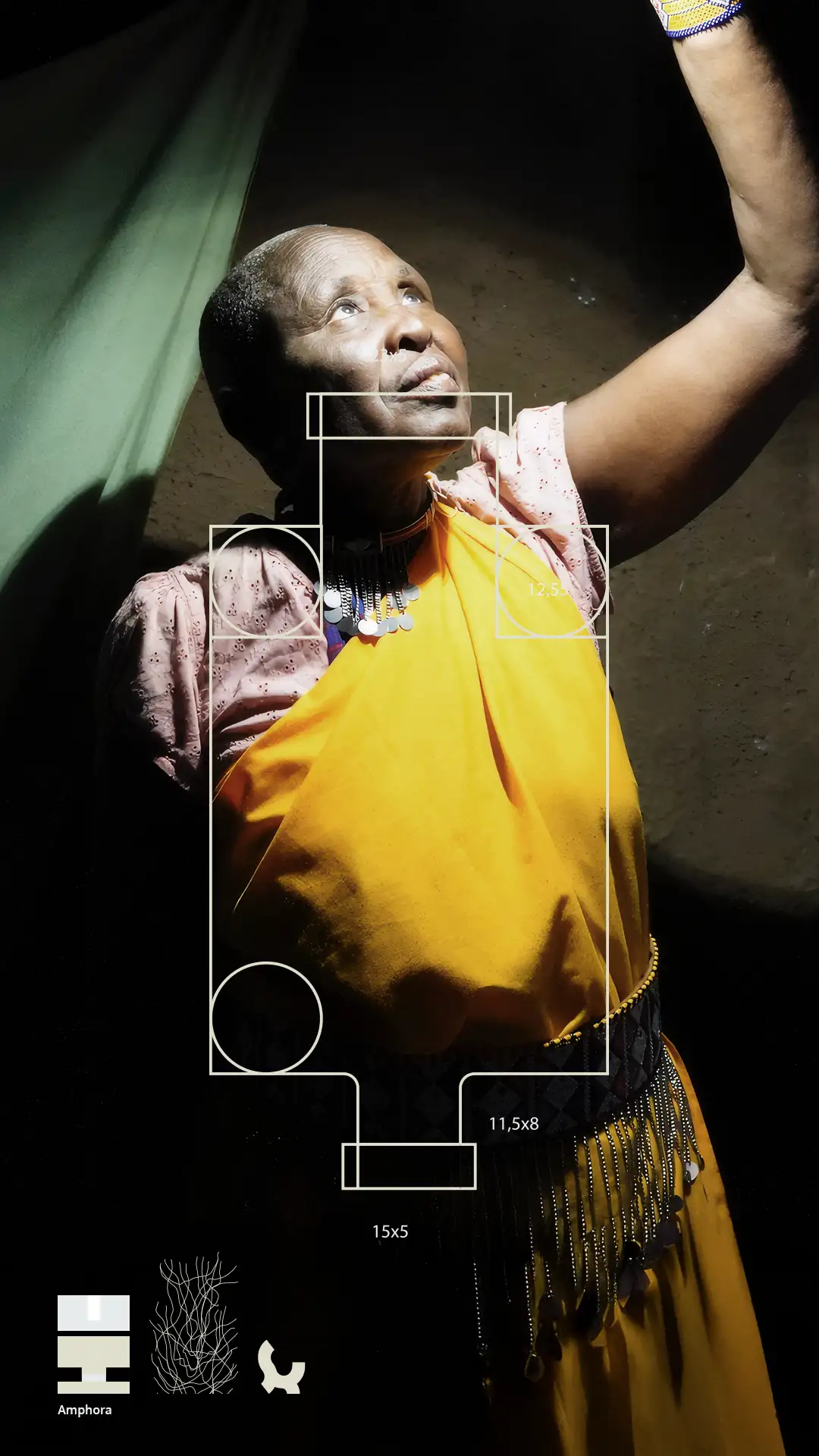
Honesty in design
I wasn’t in Turkana or Kibera. I don’t fake borrowed emotion. I work from the studio with field materials, Google Maps, and the project’s visual memory. That distance forces a modest stance: to build images that accompany, not replace, the testimonies. The drawings are situated knowledge that accepts its limits and its location.
Visceral engineering
The works operate as “visceral engineering”: inner containers and pipes that imagine an alternative system of capture and transport. When the river dries, the city becomes a plan of unused pipes; women become the living infrastructure that moves water. This inversion is the heart of the project: when the formal system doesn’t reach, the body becomes the system.
Context that shapes the body
In Turkana, 2021 was the driest year on record. The rains don’t come and people dig by hand into dead riverbeds; informal wells supply entire communities, and the price of a jerrycan multiplies with transport. Along the lakeshore, the lake rises, contaminates, displaces, and makes fresh water even more expensive. The search exposes women and girls to violence and abuse. All of this appears on the surface of my pieces as fractures, fissures, and overlapping layers.
Politics of design
My work doesn’t “solve” anything. It tries to make visible a distribution of the sensible in which the bodies that sustain life are kept off the map. If design has any use here, it’s because it troubles function: it proposes seeing the body as infrastructure and the map as wound. There is no epic—only a trace.
What it’s for
I want these pieces to accompany the project’s voices, so someone can move from testimony to image and back without losing the thread. If they open a conversation—about gender, climate, and water justice—they’ve done their job.
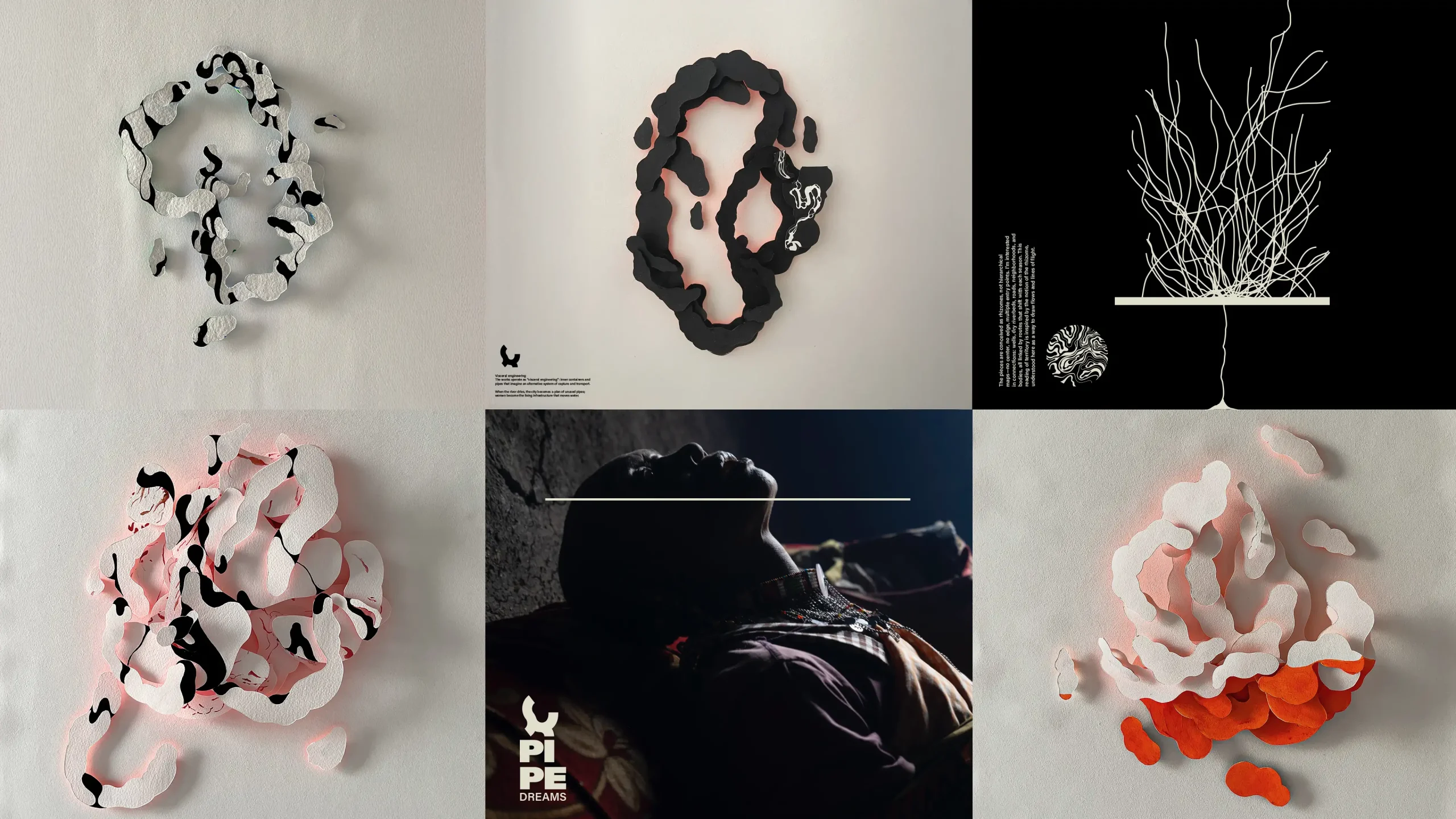
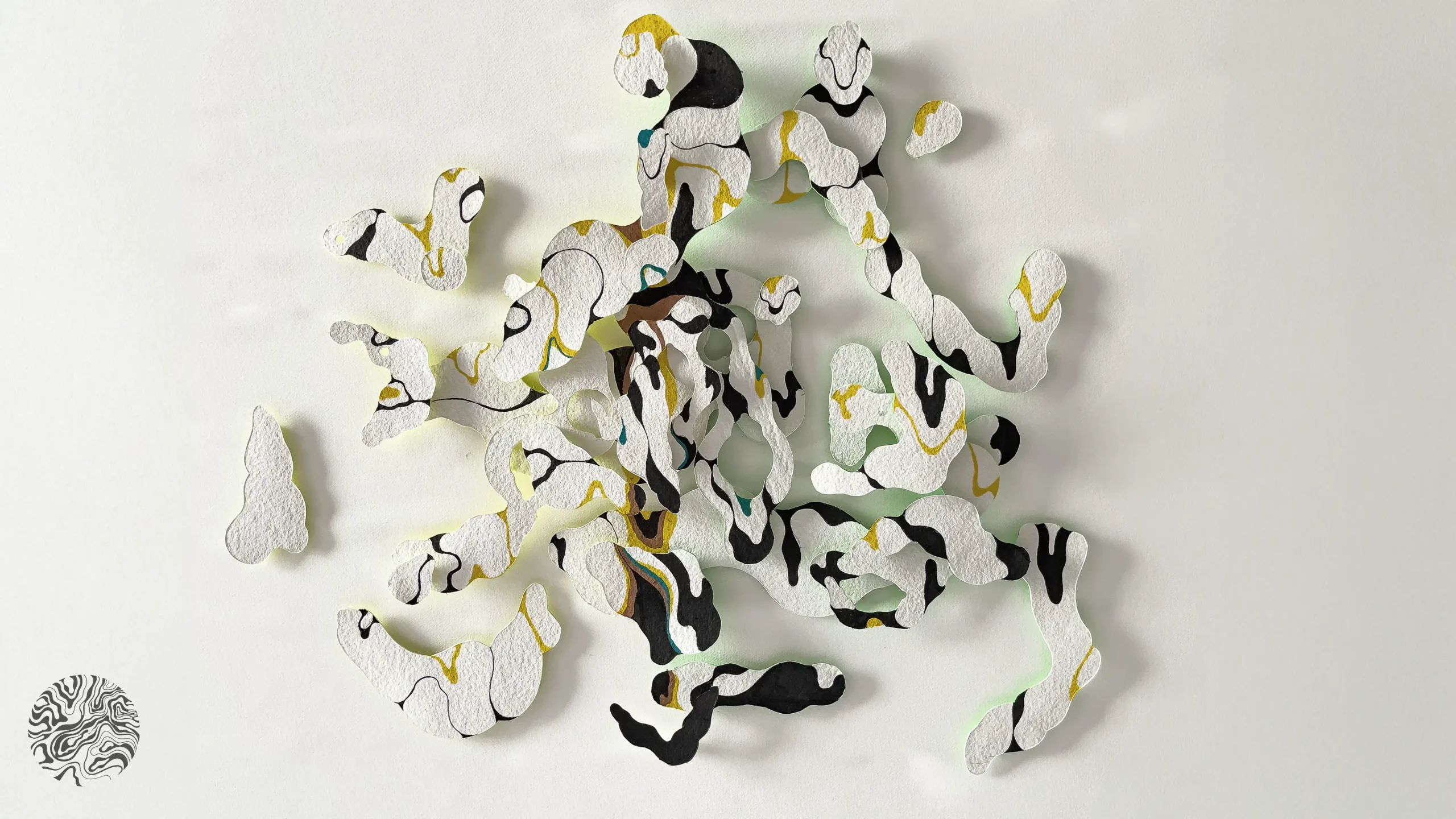
< View all work >
Contact
martin@martinsati.com
Follow me
Info
Terms and Conditions
Privacy policy
Copyright © 2025 Martin Satí.
